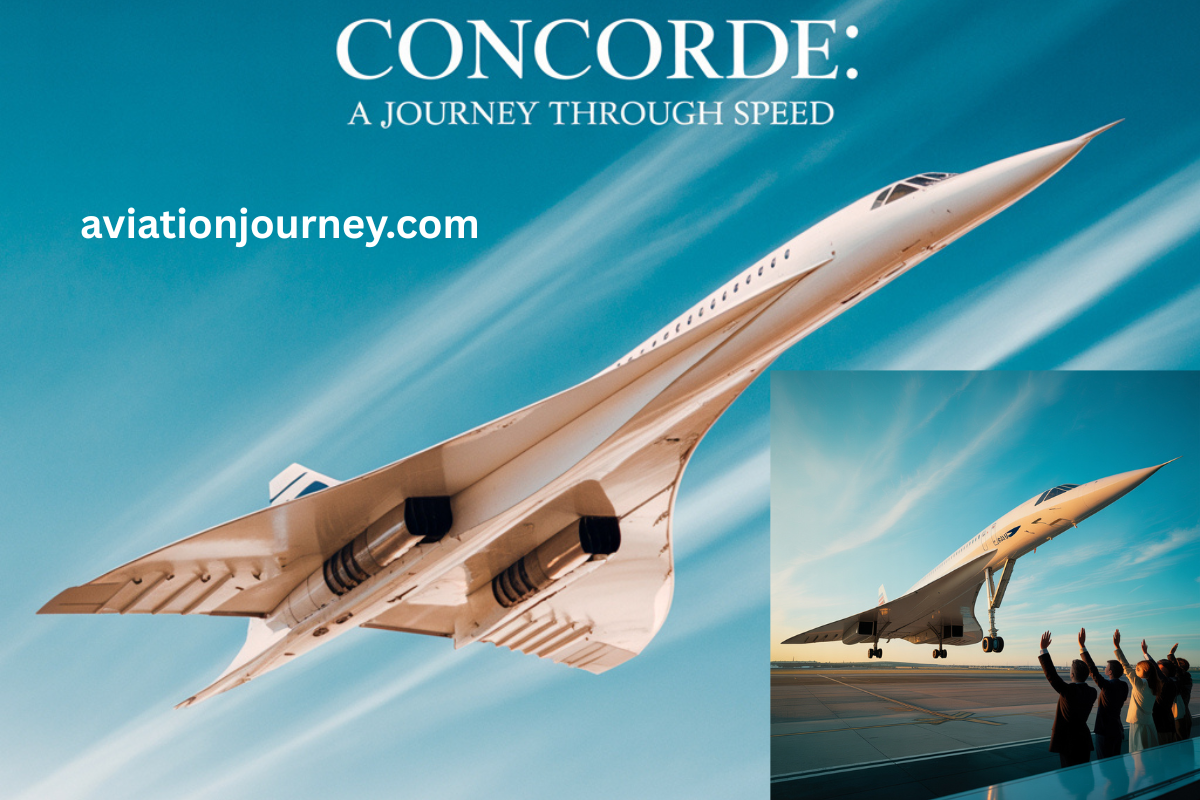The Concorde Story: Why the Supersonic Jet Failed
The Concorde supersonic jet remains one of the most iconic aircraft in aviation history. Flying at twice the speed of sound (Mach 2), it could cross the Atlantic in just three and a half hours. For nearly three decades, the Concorde symbolized innovation, luxury, and speed. Yet, despite its engineering brilliance, the jet failed to survive. Today, its story serves as both a celebration of human achievement and a lesson in the limits of aviation technology and economics.
⚡ The Dream of Supersonic Travel
First launched in 1969 through a joint effort between British and French engineers, the Concorde promised a new era of fast, glamorous air travel. Its sleek delta-wing design and afterburner engines allowed passengers to experience speeds faster than a rifle bullet. Business executives, celebrities, and world leaders often filled its seats, turning every flight into a luxury event.
💸 The Cost of Speed
Despite the glamour, Concorde was always a financial challenge. Each ticket cost thousands of dollars—far higher than a standard long-haul flight. The jet could only carry around 100 passengers, making it less profitable than larger aircraft like the Boeing 747. Airlines struggled to balance the prestige of flying Concorde with the financial losses it incurred.
🌱 Environmental & Noise Issues
The Concorde’s engines burned a massive amount of fuel, producing far more emissions per passenger than regular jets. Additionally, the sonic boom created when it broke the sound barrier restricted Concorde from flying supersonically over land. This meant the jet was limited mostly to transatlantic routes, like London to New York or Paris to Washington. Growing concerns about environmental impact and noise pollution put further pressure on its operations.
🛑 The 2000 Air France Disaster
On July 25, 2000, tragedy struck when Air France Flight 4590 crashed shortly after takeoff from Paris, killing all 109 people onboard and four on the ground. The crash, caused by debris puncturing a fuel tank, marked a turning point. While safety upgrades followed, passenger confidence in the Concorde never fully recovered.
📉 Rising Competition & Decline
By the late 1990s, airlines had already begun shifting toward fuel-efficient aircraft with greater passenger capacity. Jets like the Boeing 777 and Airbus A340 offered luxury, comfort, and affordability. Meanwhile, Concorde’s operating costs continued to rise. Finally, in 2003, both British Airways and Air France retired the Concorde, citing high maintenance costs, declining passenger demand, and unsustainable economics.
🚀 Legacy of the Concorde
Although the Concorde supersonic jet failed commercially, its legacy continues to inspire modern aviation. Engineers and startups today are exploring next-generation supersonic jets that promise to be quieter, greener, and more affordable. Companies like Boom Supersonic are working on designs that may revive the dream of ultra-fast passenger travel—this time with sustainability in mind.
✅ Conclusion
The Concorde was a marvel of engineering, symbolizing the heights of human ambition. It showed us that flying faster than sound was possible, but it also revealed the challenges of balancing innovation with economics, safety, and environmental concerns. While the Concorde’s story ended in 2003, its spirit lives on in the pursuit of future supersonic travel.

